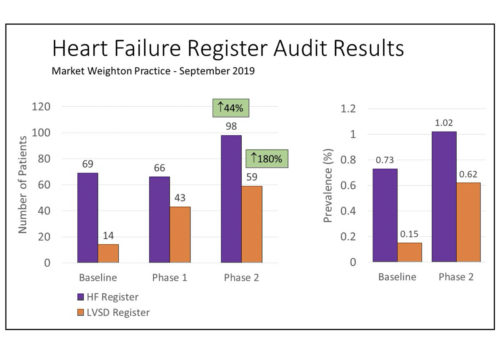Measuring blood pressure (BP) is one of the commonest tests we carry out in primary care – generally taking several measurements with a digital BP monitor on at least two clinic visits before diagnosing hypertension. Ambulatory blood pressure monitoring (ABPM) has traditionally been used in secondary care hypertension clinics, and in some larger general practices. But new guidelines from the National Institute for Health and Clinical Excellence are making ambulatory monitoring part of routine practice for the diagnosis of hypertension in primary care. What are the new guidelines recommending and why the change to ABPM?























